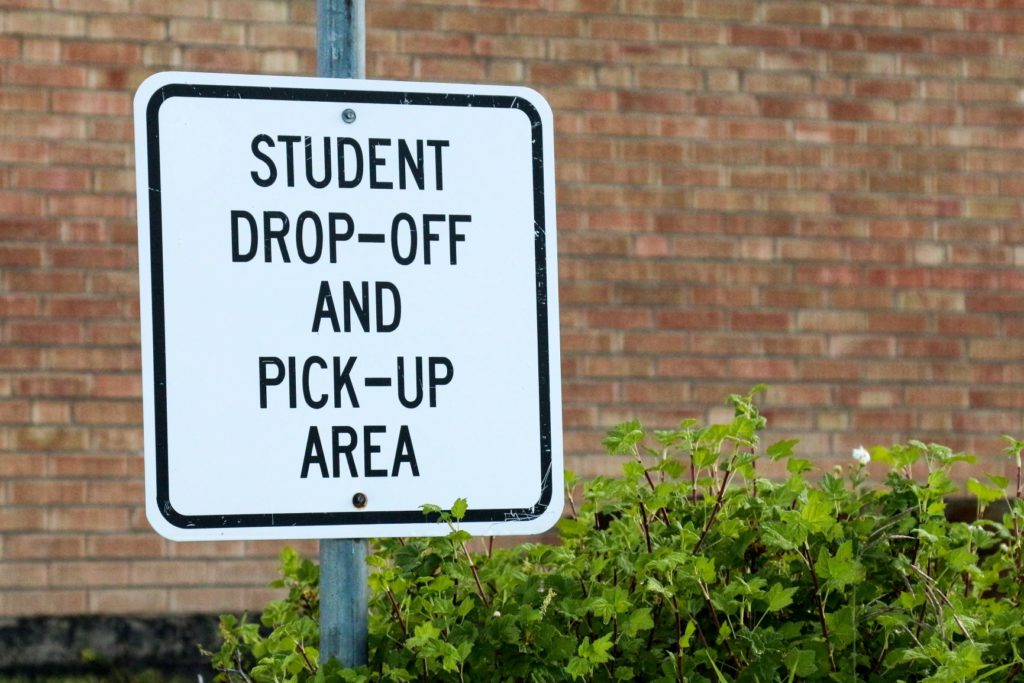
With parts of the country seeing an uptick COVID-19 cases, child care businesses continue to grapple with the challenges of serving the needs of their communities while keeping children and staff safe.
According to a recent survey by Care.com, 63 percent of families are uncomfortable placing their children in daycare during the coronavirus pandemic. At the same time, it’s estimated that more than 41 million workers between the ages of 18 and 64 are caring for a child under the age of 18 – and likely most of those workers lost child care or continue to go without child care as a result of COVID-19. Rough estimates put the number of children in daycare or preschool affected by closures at five million.
These figures illustrate there is a lot of opportunity for child care centers to serve families in their community; however, child care businesses won’t be able to meet enrollment goals unless they have done everything in their power to ease parents’ concerns about the safety of their children.
The CDC and local health departments have outlined clear guidelines child care centers should follow to mitigate the spread of coronavirus among children and staff. But beyond those guidelines, there are additional measures child care businesses can take to help allay parents’ worries and demonstrate their commitment to the wellbeing of the kids in their care.
Drop-off and Pick-up

One of the riskiest times for COVID spread is during drop-off and pick-up due to increased foot traffic and often confined entryway spaces. Many centers have implemented special procedures for this process, including staggering drop-off/pick-up times throughout the morning and afternoon to avoid crowding, putting markers six feet apart on the sidewalk to encourage social distancing, requiring the use of masks, etc. While these are all helpful and important procedures, child care centers can do even more by using contactless child care check-in/out solutions to strengthen their safety measures (and make the drop-off/pick-up process a lot easier).
By leveraging software technology, these contactless solutions can use QR codes and/or GPS technology to create a completely touch-free check-in/out process. Here’s what that looks like:
- QR Codes – Child care centers can use QR codes to facilitate contactless check-in. The way it works is that the center initiates the check-in by displaying a QR code on a device at a check-in kiosk. They can also print out the QR code and post it in a designated location if their kiosk is located in a place where centers are limiting foot traffic. Parents can scan the QR code and complete the check-in process using their own mobile phone, so there’s no device-sharing or physical contact.
- Curbside Contactless GPS Sign In/Out – With this technology, GPS technology and geofencing are used to allow check-ins within a radius set by the center. Once the feature is enabled, parents receive automatic alerts when they’re close to the facility and can complete check-in without leaving their vehicle.
When researching contactless solutions, centers should make sure the software provider offers both of these options to accommodate the needs of their business and offer added convenience to the families they serve.
Payments

Collecting tuition payments in a timely manner – especially now that child care centers are seeing limited ratios and enrollments – is critical. But with physical distancing measures in place, in-person or physical payment methods aren’t feasible. Luckily, there are ways child care centers can facilitate payment methods that are not only contactless, but also greatly simplify the overall process of billing and invoicing, payment processing, and receipt and account statement creation.
By implementing payment processing software, child care centers can automate billing, which saves time and improves cash flow, while also giving parents more flexible payment options. Parents can pay their tuition online or they can set up recurring payments according to their preference. Plus, some software, like Tuition Express, can offer next business day funding, ensuring child care centers get their money as quickly as possible.
Parent Communication

Being able to connect with parents in person is often the most powerful way that centers can build strong relationships with their families that ultimately support the success of the center and the children who attend it. However, strict social distancing measures have eliminated these opportunities, making parent engagement more difficult.
This is where contactless technology can help fill that gap. With the right software, child care centers can enable a multi-pronged parent communication approach that offers a steady stream of information, center highlights and more – reinforcing or even growing parents’ investment in the school and their children’s learning journey.
Teacher parent engagement apps like those offered by Procare go beyond email to include the ability to share photos and videos, daily activities, milestones and newsletters. They also allow for in-app communication so parents can chat with the center when they need to. Plus, they can sync with child care management software platforms, allowing centers to have a holistic view of all of their operations and communications.
Contactless Technologies Remove Barriers to Safety and Connection
Contactless technologies that addresses check-in/out, payment processing and parent communication are simple, but effective ways to navigate the challenges laid bare by COVID-19. Not only do they support the measures child care centers across the country are taking to keep children, staff and families safe, but also, they can help ease the burden of the many business and communication challenges child care centers face.
Talk to an expert to learn how you can implement contactless technologies at your center.




